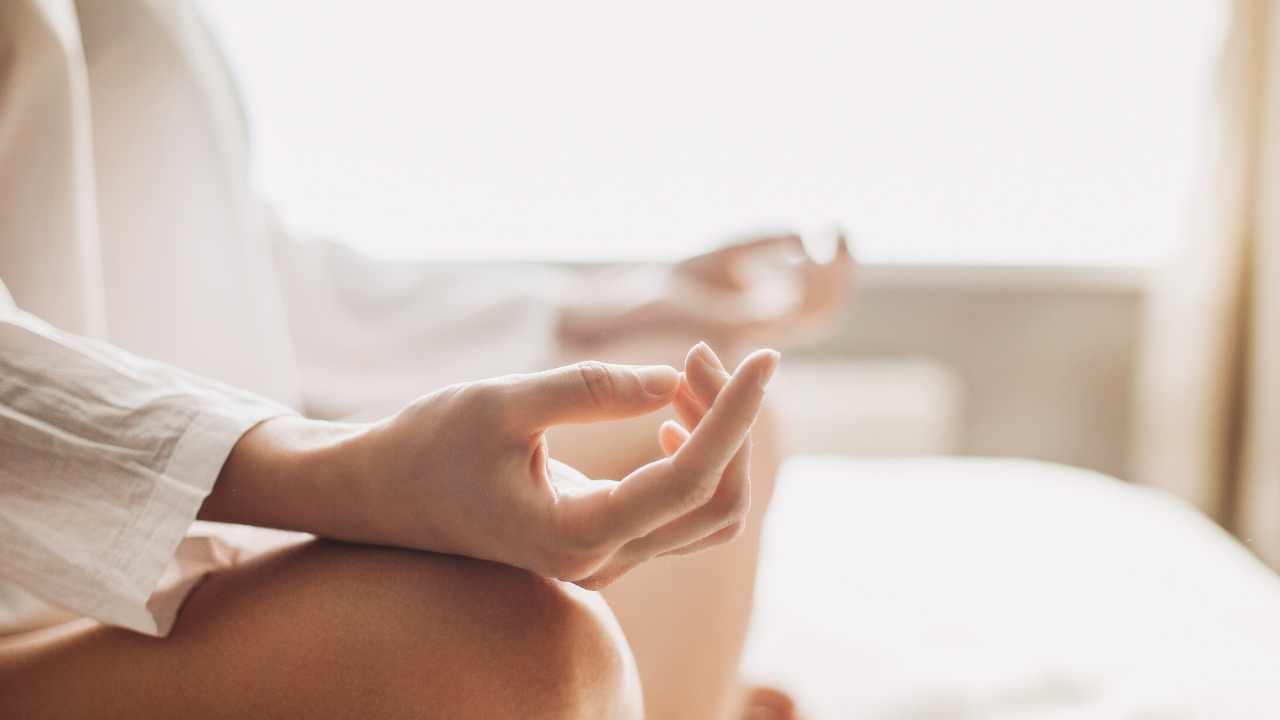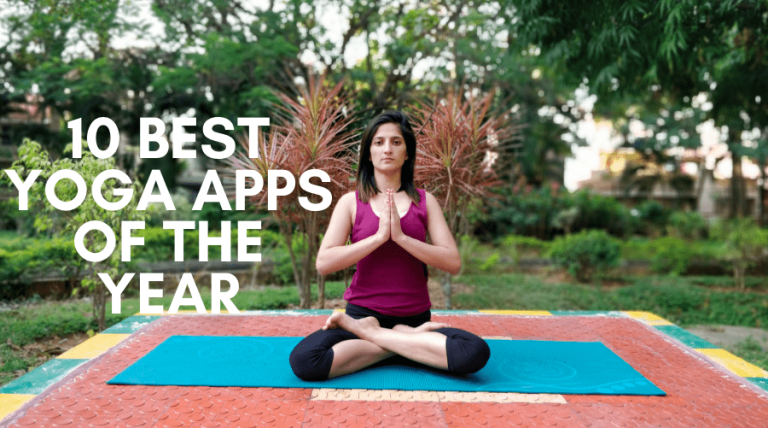
Although injuries to yoga pose are not uncommon, they don't have to be life-threatening. There are many ways to avoid common injuries. Here are some ways to avoid these common injuries: You should not over-stretch the major muscle groups in your neck or back. Also, avoid stretching your hips or hamstrings too much.
You should not over-stretch the major muscle groups of your back.
Do not stretch the major muscles of your back too much. This can result in micro tears and strained muscles. This is because stretching should be comfortable, not painful. You must also avoid holding your breath, which will force the muscles to tighten. You can relax your muscles by taking deep, slow breaths through your nose. You should not stretch the muscles that have been injured for too long. This will delay the healing process. Instead, use heat or ice to treat the affected area. Then slowly return the muscle to your stretching routine.

Over-stretching the major muscle groups in your neck
You should avoid causing injury to your neck and major muscles when doing advanced yoga poses. Neck strains and strains can be caused by over-stretching, which can cause chronic pain. There are several ways to avoid neck injuries.
Over-stretching of the hamstrings
Over-stretching the ham string muscles in yoga poses can lead to increased strain on the muscles and tendons, causing injury. Many people stretch their hamstrings too hard, or put too much strain in the inner thighs.
Over-stretching the hips
A tear is the most common injury over-stretching may cause. This injury is quite common in yoga. It can occur during warm-up. It is common for these classes to cause over-stretching of muscles, as the temperature is too high. To avoid injury, participants should not stretch beyond 75 percent of their maximum range of motion during the warm up phase. This will allow your muscles to relax before you start more strenuous exercises.
Work within a range
Working within a range of motion is critical to preventing injuries in yoga. This allows your body and mind to adapt to a range of movements and stresses. You can therefore move more easily and with less injury. Yoga can also help with agility and endurance.

Case studies
The incidence of yoga-related injuries is on the rise. Between 2001-2014, 29,590 people were treated for yoga-related injuries in hospital emergency departments. Most injuries were sprain/strain. Injuries were more common in younger participants and decreased in older participants. Both young and old can benefit from a regular yoga practice.
FAQ
Is it possible to do yoga at my home?
Absolutely! There are several ways you can practice yoga at home. For example, videos, DVDs/CDs, CDs, magazines and apps can all be used to practice yoga at your home.
YouTube even offers free online yoga videos. However, getting a good instructor to guide you through the movements is best.
How much yoga can you take?
It is important to understand that yoga is not a form of sport. There is no minimum number of repetitions you must do before becoming tired. Instead, try to enjoy the experience by taking it slowly and enjoying every moment.
It's okay to fall off the wagon every now and again. Don't worry if you lose your way once in a while.
You can start by doing 10 to 15 minute sessions, then build up to more advanced classes.
Are 20 minutes of yoga a day enough?
Yoga should be more than just a means of exercising. It should also be used as a tool for self-discovery. It is a time to look at your life and reflect on how it has changed.
My friend, who had been practicing yoga for many, years, introduced me to the benefits of yoga. He explained that he used to do yoga for 20 minutes every morning. This helped him feel more calm throughout the day.
It made a huge difference in my overall health and well-being. Since then I have been practicing yoga on a regular basis and it has helped me to relax and stay focused when I work at my desk.
Finding what works for you is key, as well as setting realistic goals. Yoga does not have to be an exhausting activity.
Statistics
- The American Psychological Association recently shared that 84% of American adults feel the impact of prolonged stress (5). (healthline.com)
- In comparison, a 125-pound person is estimated to burn 135 calories in 30 minutes of walking (at a pace of 15-minute miles) and 210 calories bicycling at a moderate pace on a stationary bike. (everydayhealth.com)
- A 2020 review of 27 studies (1,805 total participants) of yoga interventions in children or adolescents found reductions in anxiety or depression in 70 percent of the studies, with more promising results for anxiety. (nccih.nih.gov)
- According to the Agency for Healthcare Research and Quality, falls are incredibly common among older adults in nursing facilities. Even the simplest ones can increase the risk of death (24). (healthline.com)
- The people in the yoga group were 37 percent more likely to have quit smoking by the end of the 8-week program. (nccih.nih.gov)
External Links
How To
What is the best position to practice yoga?
There is no one right way to do yoga. Each person has their own style. You only need to know which positions feel comfortable for you.
Here are some common poses:
For beginners, standing poses are a good choice because you can see your body from various angles. They also make it easier to focus on breathing.
Forward bends - Forward bends are often used to open up tight areas of the body. You can either do them lying down or while sitting.
Backbends. Backbends generally are considered advanced poses. Ask your instructor for advice if you're interested in trying it.
Inversions – Inversions require you to balance upside down. This type is challenging, but rewarding.